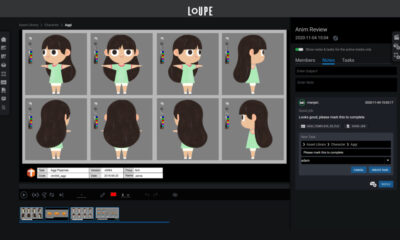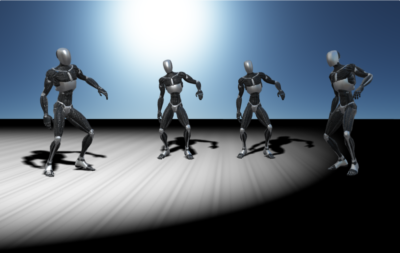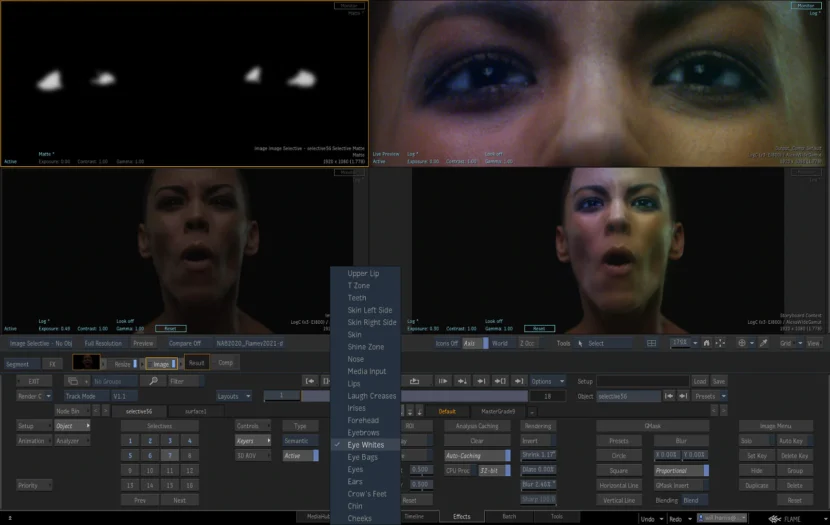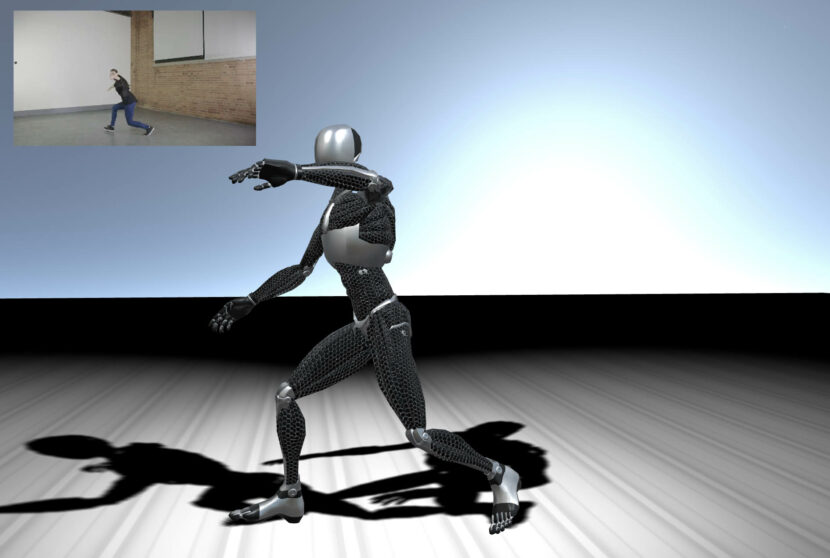
Autodesk has invested in RADiCAL, the New York-based developer of a cloud, AI-powered 3D motion capture solution. This investment marks the latest move by Autodesk toward cloud VFX production for content creators and builds on the recent acquisitions of Moxion and LoUPE. While Moxion provides a powerful, studio-secure and dailies delivery, and LoUPE is an animation production pipeline system, originally developed by Tangent Labs, – both are cloud-based platforms.
RADiCAL aims to democratize 3D motion capture, human virtualization, and analysis at scale through its real-time collaborative platform. RADiCAL’s AI combines deep learning strategies, human biomechanics, and CG to estimate, track, and reproduce skeletal joint rotations in 3D from a single conventional 2D video feed. From videos to metaverses, this data can be used to automate the animation of 3D characters and avatars.

Requiring no special hardware, training, or custom coding, RADiCAL’s cloud-based solution removes the barrier to entry typically associated with 3D motion capture and character animation, making the technology accessible to anyone, at any time. Artists can easily use its AI to create animated characters and hone their skills for more advanced 3D animation work.
This investment from Autodesk will fuel RADICAL’s efforts to further advance its market-leading AI to serve a growing community, and support professional animation and VFX workflows. RADiCAL supports NVIDIA Omniverse. Their LIVE connector enables real-time, multiplayer 3D motion capture directly inside Omniverse Machinima from any device. Their technology works with cameras from smartphones to professional cameras. Their AI requires no constrained environments, clothing, sensors, markers or suits. Non-human objects are automatically ignored. The system should work in most environments and lighting conditions.
“RADiCAL’s accessible, easy to use solution appeals to up-and-coming artists and next-gen content creators,” said Diana Colella, senior vice president, Autodesk Media & Entertainment. “We look forward to working with RADiCAL to extend the sophisticated AI engine powering its solution to put collaborative real-time motion capture capabilities in the hands of additional professional creators. As we continue to build out our vision for cloud-based content creation.”
“We have deep roots in media and entertainment technology development, and many of us are long-time users of tools like Maya and 3ds Max,” said Gavan Gravesen, Founder & CEO, RADiCAL. “We’re thrilled Autodesk is supporting our mission to become the market standard for fast, accessible, and advanced 3D motion capture. This investment will help us expand the capabilities of our AI, scale our cloud infrastructure, and uplevel collaborative editorial features for the film, television, and games markets.”
Demand for content is exploding due to the global pandemic and structural changes across the media and entertainment (M&E) industry. Studios scrambled as film shoots stalled and teams were confined to their homes, even now many companies are finding a significant proportion of their workforce is working part or all of their time from home. The VFX industry was already showing signs of moving to the cloud prior to COVID-19, but for many companies, years of planning turned into weeks of execution. Teams connected in the cloud, and production continued from home. Now that pipelines have been built, there is little incentive not to keep using them, as it provides flexibility in a globally competitive environment.

Autodesk has been investing in AI-assisted workflows for media and entertainment for the last few years. The company recently added several such tools to Flame, helping artists automate complex compositing and retouching tasks on image sequences and many see machine learning (ML) based AI solutions as one of the major explosive areas of M&E and VFX in particular.

